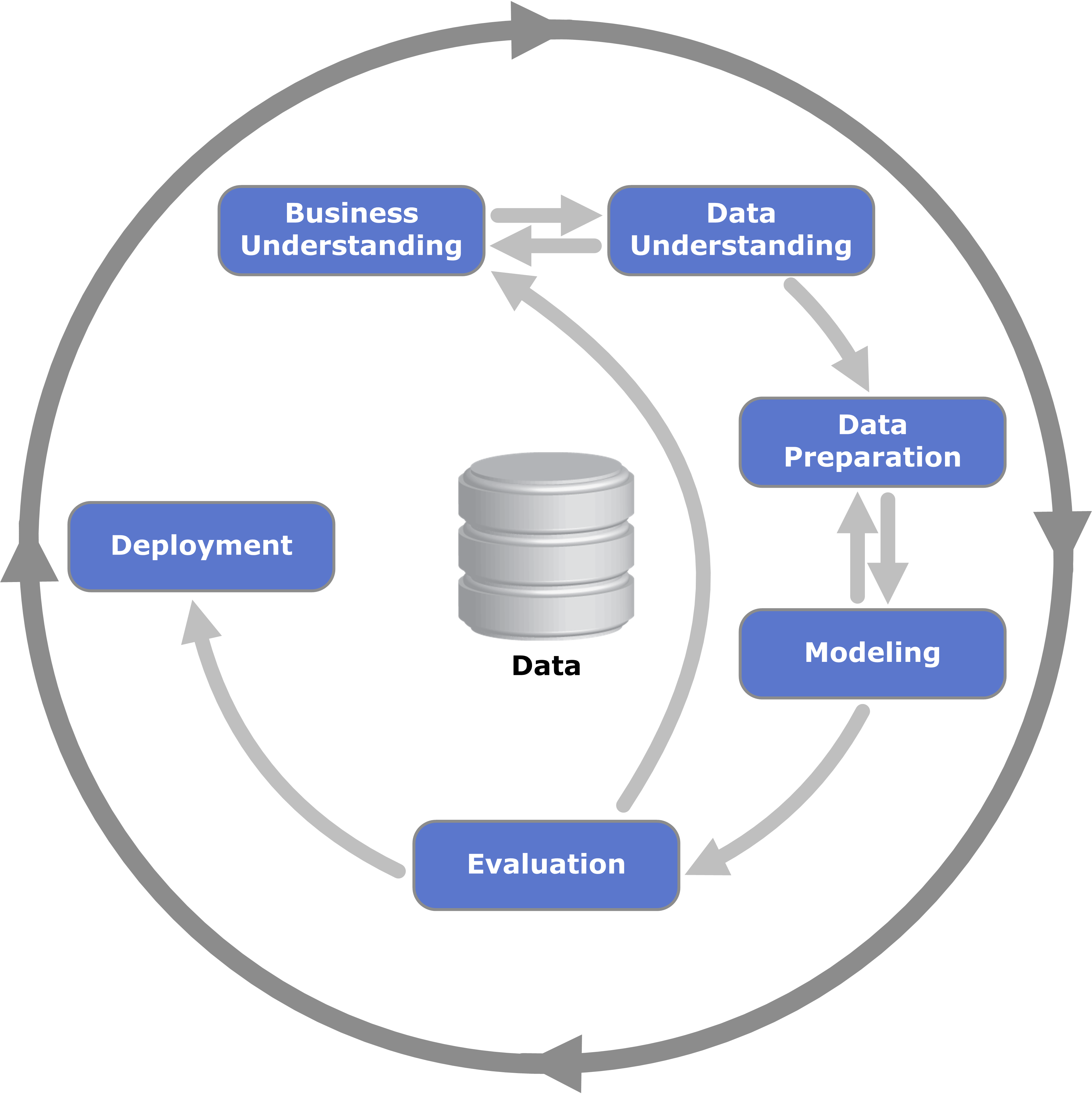Many times these will include dashboards, spreadsheets, tabular reports and charts. Whereas in the past business intelligence reports were given through paper reports and host terminals, today intranet and internet connections make such reporting possible. In some instances, there are apps that can allow you to view them via a mobile device. The good thing about having BI applications that are well designed is that one does not have to be an IT specialist to decipher the reports. In fact, anyone who is trained to understand what the information assets are communicating as well as their interaction with each other can quickly learn to use them to make better decisions. Information databases will include such information as personnel data, marketing and sales activity, information about the supply chain, product data and manufacturing, among others.
When it comes to purchasing your Business Intelligence software, you should liaise with your DBA (Database Administrator) to come up with considerations to take into account. Here are a few that you should definitely discuss.
Data Warehousing – It is important to ensure that the BI software you purchase is able to integrate seamlessly with your databases. It should be compatible with the hardware that you have in place. If the warehousing infrastructure you have is very large, this component becomes even more critical. If the data can be put into one place but is inaccessible for one reason or another, then the efforts are for nothing. One should be able to query the entire repository of the organization for the information needed.
Scalability and Performance – It is important to note that the business intelligence software in the market is not the same. How much data will be queried and how many queries will be in operation at the same time is important because it affects how the software performs. There are products that can do this quite competently while others may not be able to. As such, you must test to see how much data the software can handle based on your data volumes before making a purchase. It is also important to look into the future and see how your company’s data will grow. Software that has ample scalability is important or you will find yourself up against a wall in the future.
Data consumption – The business intelligence tool you choose to use should be able to consume the data you have and then spit out relevant insights. Business intelligence should allow you to visualize, understand and then act on the data you have. It is important that your DBA look at the various databases and applications that may be out of the ordinary that you can use. It is a good idea to ensure integration between the new software and existing tools. Find out, as well, the format in which the data needs to be before it can be used. You want something that will not include the building of new connections, cumbersome processes or data systems that are a lot newer than what you have. Find a BI tool that offers easy compatibility to what you have in existence.
Cloud BI or On-Premise – Making this decision is important and is often dependent on existing infrastructure, the culture of the company and amount of money that the company can invest at the moment. The advantages of having the BI system on premise are that one, it can definitely perform better and two, corporate firewalls offer better security. The company, however, will have the responsibility of maintaining the data centers that it owns. Cloud BI on the other hand will encourage collaboration, sharing of insights between organizations and mobility as well. You will need to decide whether or not you need the services of Cloud BI or not. This is especially important if the company does not have enough money to invest in its own infrastructure.User adoption – The adoption of your new system will be dependent on the following two factors.
- The ability of users to gain useful insights by using the tool
- The process of doing so being both pleasant and easy If they find the process of finding the information tedious or the capabilities and functions therein difficult to master, many of them will prefer not to use it. In addition, if they cannot find the information they are looking for, they will deem your BI tool useless at best. The tool will need to perform the analysis needed, be easy to set up, easy to work and train on and finally easy to execute. With a good BI tool, you will be able to take data that is largely unstructured in large volumes and after careful analysis, identify, create and develop business opportunities that are strategic for your company. The data in large volumes can be quickly compiled and interpreted to identify where the new opportunities are for quick implementation. With these insights, you are able to position your company in your field so that it has a competitive advantage over other competitors as well as stability in the long term. The information that is provided includes a historical view of the business, current views of where you stand right now and also predictive views. With this information, you can now be able to make business decisions that include operation decisions and strategic ones. Some of the operation decisions that you can make include things like pricing and product positioning. The strategic decisions include goals, business direction and company priorities. To get the most effective performance from your BI, you need to consider external data and internal data as well. Only then can you get a complete picture of how things are in order to make sound decisions for your business.
